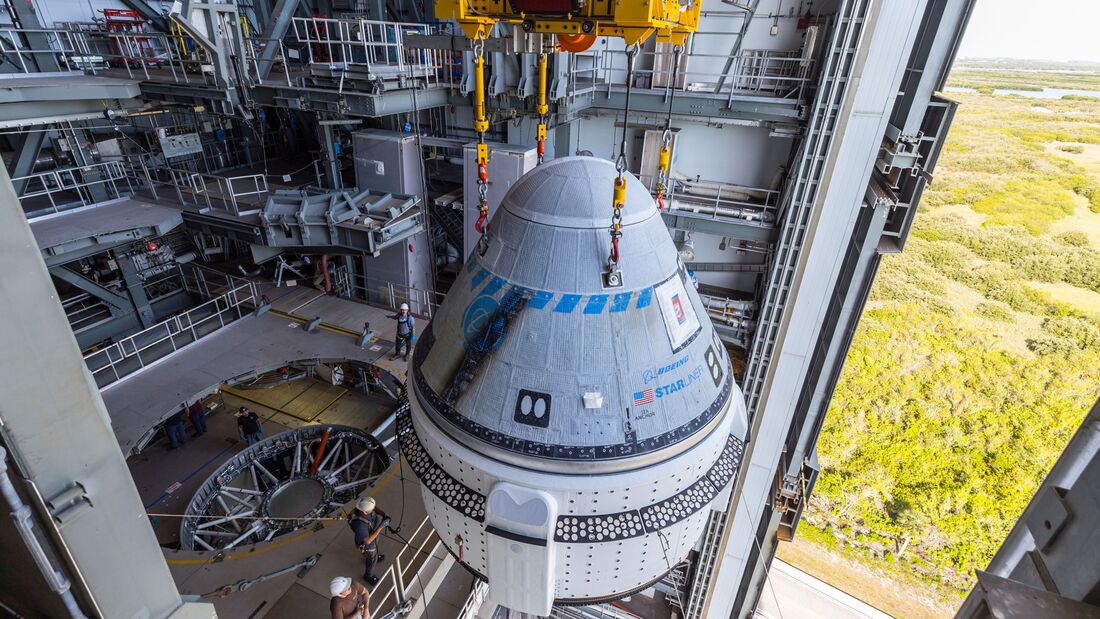NASA's mission brought samples of asteroid rocks to Earth. The capsule cannot be opened for several months. Now researchers have made a breakthrough.
HOUSTON — For NASA's Osiris-Rex mission, a space probe traveled for seven years to collect rock samples from an asteroid. Materials from the asteroid “Bennu” were brought to Earth. The samples were dropped into a capsule over the desert in the US state of Utah in September. It is now being analyzed by researchers around the world, including in Frankfurt. But not all samples have been taken from the capsule yet.
Asteroid material is removed from the capsule – more than expected
Overall, more rocks and dust were released Asteroids It was collected from the planned target of 60 grams, according to reports NASA on them Blog. The substance was found not only in the sample container itself, but also on the outside of the container. This has also been collected and is now being examined. Most of the material is in the sample head, which must be opened first.
The probe is opened into a specialized glove box where a stream of nitrogen prevents the samples from coming into contact with the Earth's atmosphere. In this way the state of the material can be preserved for subsequent investigations.
Space probe cannot be opened – researchers have a problem
After several attempts to remove the material from the probe head, it was determined that two of the 35 covers on the capsule could not be opened using tools currently approved for the glove box. Depending on the size, the first bits of material can be removed using tweezers and shovels. A total of 70.3 grams of material has already been collected.
The team at NASA's Johnson Space Center in Houston is working hard on a new approach to collecting the remaining samples. The difficulty is not only to develop tools that do not damage the assembled materials, but can also work in the limited space of the glove box.
New tools have been developed to open space probes
“Our engineers and scientists have been working hard behind the scenes for months to design, develop and test new tools that have helped us overcome this hurdle,” said Eileen Stansbury, head of the Astromaterials Research and Exploration Division, about the new developments.
Thanks to new tools, it is now possible to remove the two remaining closures after months of waiting. Finally, the so-called “touch-and-go sample acquisition mechanism,” which makes up the probe head, can be disassembled. Now it is clear how much material the probe brought back on its mission.

“Subtly charming coffee scholar. General zombie junkie. Introvert. Alcohol nerd. Travel lover. Twitter specialist. Freelance student.”







More Stories
Lia Maria Loeffler in the Golden Hall
Dirt Racing 24 comes with many improvements
Amazon offers one of the best video games of all time